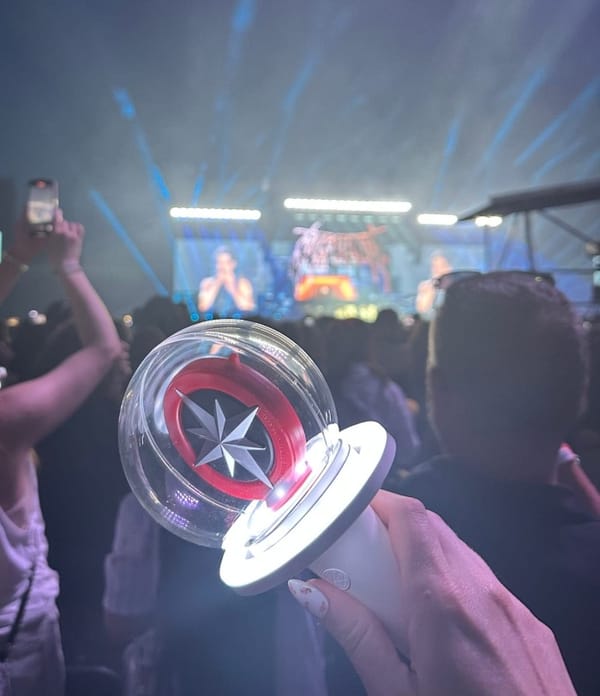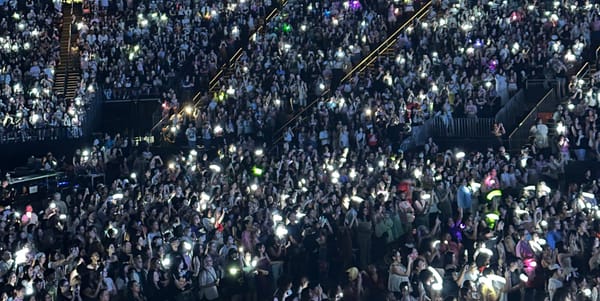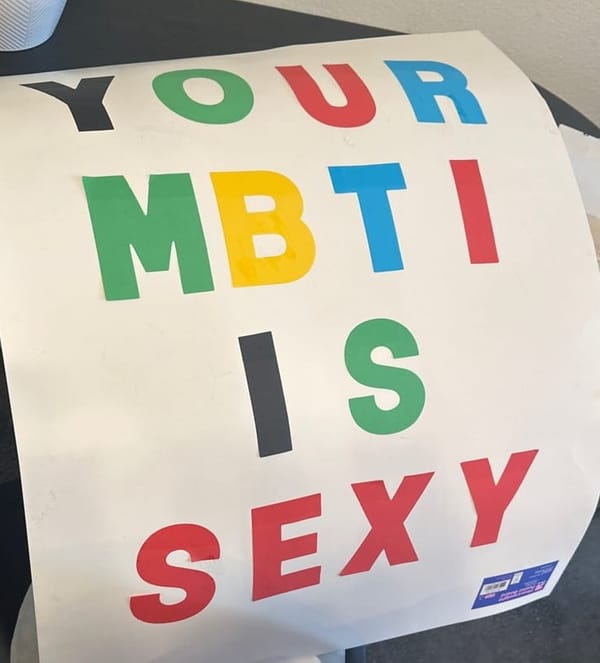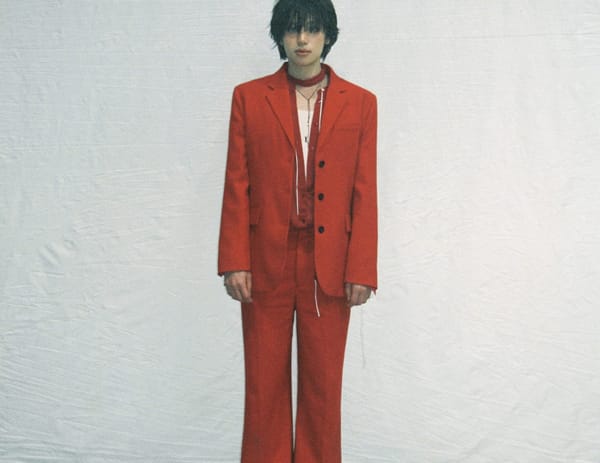The designer K-pop idol is alive and well
PowerPuff Girls and iPhone meet luxury K-pop stars NewJeans
Your subscription supports my work and allows me to pursue original essays and interviews like these. If you’re already subscribed, I hope you’ll consider upgrading to a paid subscription so I can keep this newsletter going! Thank you for reading, and all your support!
When I graduated college a decade ago, I wrote a thesis titled “Transmedia and Fan Interaction in South Korea’s Entertainment Industry.” It’s embarrassing to see how poor of a writer I was at the time, and I cringe at how I relayed some thoughts. But that’s the joy of writing and growing, I guess, and I’ve written over 5,000 articles, and a book, since then, so I’ll be kinder to my young self.
What didn’t change, though, were some of my thoughts. The very thesis of the 30-page paper Little Tamar submitted was that K-pop is as much a multi-faceted marketing industry as it is a music one, and I posited the idea that the stars who are at the front-and-center of it all are “designer” takes on the typical entertainer, in that there are a multitude of ways for K-pop stars to sell content and/or products, whether it was through commercial tie-ins or modeling campaigns, or music videos.
Now, with NewJeans, I think we may have entered the era of “luxury” K-pop stars, in that they themselves are a group who from the very get go of their career are so entrenched in marketing that their first anniversary this month has been wrapped in extraordinarily engaging music videos, two of which were collaborations with well-known brands, the Apple iPhone 14, and the PowerPuff Girls. (Another duo of music videos for the song Cool With You feature the likes of model and Squid Game breakout star HoYeon Jung, and one of the most jaw-dropping cameos of all time, his cinematic excellency Tony Leung.)
There was no build up, branding tie-ins are innate to NewJeans’ existence. Other K-pop acts are paid to promote other content; NewJeans are being paid to promote themselves.
The two music videos, for ETA and New Jeans, respectively, are fun to watch, and the music on this new album, the EP Get Up, is just the standout quality we’ve come to expect from NewJeans, and creative director Min Hee-jin. They are also ads, the iPhone one more blatantly, and the PowerPuff Girl one a little less so, but undoubtedly meant to sell goods.
NewJeans’ members are also literally luxury brand-approved: Minji reps Chanel, Hanni reps Gucci and Armani beauty, Danielle reps Burberry and YSL beauty, Haerin reps Dior, and Hyein reps Louis Vuitton.
They’ve collaborated with Coca Cola, and countless other brands.
Even NewJeans’ album is commodified beyond the typical already very-saleable K-pop albums: like their debut self-titled EP, there’s a version of Get Up that not only looks like a purse but looks (quality allowing) extremely useful.
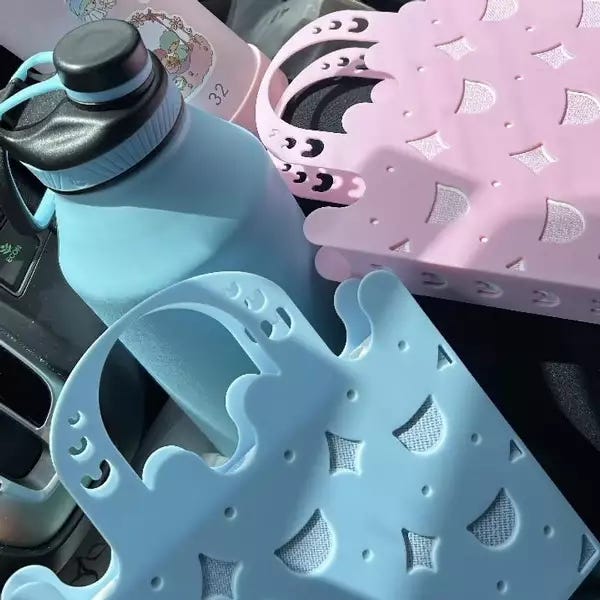
NewJeans’ music is pristinely produced as the music videos and all the marketing tie-ins, so it does feel like at least this is all worthwhile. Even if their music isn’t to your taste, there’s something going on with the styling of NewJeans and their sound, leaning into club music and Y2K trends to create a discography that is all at once immensely refreshing, exciting, and relatable.
But as good as the music is, the overwhelming marketability of NewJeans really seems to be the heart of their push by ADOR. This isn’t necessarily a bad thing; as long as the art doesn’t suffer, more profit hopefully means more art, and K-pop has always functioned that way, selling content and merchandise to fuel more content.
But while many have been writing about the way NewJeans is changing music, I think they, and Min Hee-jin, are once again changing what the standard of K-pop’s saleability. Min, all the controversies aside, has historically led K-pop forward, first at SM Entertainment where she worked on major albums and releases from the likes of SHINee, f(x), and Red Velvet, and now with NewJeans, and this seems like another iteration, but in the most unlikely of ways.
Right now, many of the biggest K-pop companies are being run by a lot of tech-focused investors and leadership. Intellectual Property (IP) in the form of different mediums ranging from webtoons to cartoon characters to AI avatars are all being used to try and create long-lasting revenue beyond the limited human performance potential. We’re seeing others in the industry reach towards storytelling and the metaverse, but Min and the rest of the NewJeans team are touching on what makes K-pop work - good music and visuals - and selling those to the nth degree, to huge, high-value bidders.
Cross-media marketing has always been essential to K-pop; 2NE1 were first introduced in a 2009 ad for LG’s Lollipop phone alongside BIGBANG, and cell phone ad songs in general were very prominent during the second gen of K-pop.
NewJeans rapidly, quickly developed their brand in the most intriguing of ways: Min’s group was raising a lot of expectations, and arrived suddenly, surprisingly without the typical teasers we’ve come to expect from a K-pop group. It was sudden, and invigorating. The music and releases continually impressed, and now NewJeans is one of the most-well-received K-pop acts internationally. It’s been a momentous first year, and their brand value is huge.
It’s been great to see K-pop storytelling and songwriting by performers develop in recent years, so I don’t want anyone misquoting me as saying that I think it’s the best thing ever that we’re seeing a breakout group like NewJeans blend their identity so much with branding. But, I do think that it’s good to be honest about what K-pop is and isn’t, and it’s always going to be trying to sell us something. NewJeans doing that from their very first year, with so much aplomb and pizzazz, is honest, and refreshing. “We’re here, support us with your branded content and we’ll create some of the most amazing content.”
K-pop has never been an industry particularly concerned about “selling out,” and it’s also pretty much nonexistent artistically nowadays, when everyone is an influencer on social media, and we’re all selling ourselves all the time. (Including me, selling this newsletter to you! Please subscribe if you haven’t already, so I can reach 1,000 free subscribers by my birthday in September.)
Even as I write this, I’m still thinking about different facets of NewJeans and branding, and I’ll probably come back to this topic in months to come, and say “hmm, I kind of changed my mind” or not. Share thoughts in the comments, or email me, I’d love to hear your take on the idea of luxury idols, NewJeans.
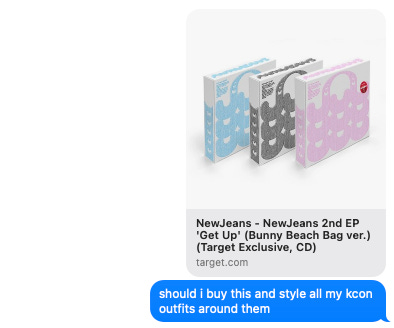
What else I’m thinking about
I’m not a major chart junkie. When I wrote for Billboard, I only very rarely covered the charts, usually in reference in other articles but hardly ever, possibly never, was reporting on charts themselves. I didn’t grow up a chart junkie, I just liked listening to what I liked, and that’s still the case. Whenever an act I like did well, it was nice, but not anything truly groundbreaking or life changing personally. Doing well on charts just reaffirms something is popular among listeners.
But this week, it turned into a battle between ideologies, and ultimately what won was a more global, diverse, openminded stand-in won out of over a callback to America’s history of lynching and white supremacy’s unmitigated reign.
There was a lot going on this week, but the TLDR is that Jungkook of BTS’s Seven featuring Latto, both the clean end explicit versions, went up against Jason Aldean’s Try That in a Small Town. It wasn’t just a culture clash; it was a full-blown war of different worldviews.
Jungkook is a 25-year-old Korean pop singer, and Latto is a 24-year-old rapper who derives her stage name from the outdated term, typically considered a slur, of being biracial of African and European descent, ie “mulatto.” Jason Aldean is a 46-year-old White, southern, country rock icon.
The content of each song is where the real divide is though: Seven is a cross-culture celebration of sexuality, while Small Town is a an homage to the days of the supposed, glorious yesteryear and life in Small Town, USA, with a music video filmed on a site of a lynching, and an accompanying lyric video featuring content emphasizing a time when an anti-segregationist journalist was literally run out of a small town. (The video has since been banned from Country Music Television.)
It’s the old guard versus the new, the past versus the future, conservative versus liberal, White versus diversity, and beyond the excellence of Seven itself, it feels like, even inadvertently, a moment of relief from the hellishness of the current state of culture in the US, when book banns and historic revisionism is taking over in many places. It’s just a song, but oftentimes a song is more than its 3-minute run time.
What I’m working on
Rolling Stone published The 100 Greatest Songs in the History of Korean Pop Music, and I got to blurb 11 hits! This was a labor of love, put together by some of the most knowledgeable music writers I know, so even if its imperfect (I’ve talked about this before, why best of lists can never be perfect) I hope people enjoy reading through all these wonderful blurbs. This list means a lot to each person involved in it, and the narratives explored are really engaging, so I hope people enjoy. (Relatedly, since I’m not doing a “what I’m reading” this week, but fellow listmaker Joshua Minsoo Kim reviewed the NewJeans album for Pitchfork, if you’d like to read.)
Also, I saw someone claim this list is advertorial which like… L O L. Aside from it being unethical, and illegal, to not say if something is branded content, this list came about by a lot of different people with their own thoughts and had to match Rolling Stone standards so like… We worked too hard for you to accuse of us bias with your conspiracy theories about industry planted content. It means too much to people involved, and those not involved, to belittle it because it isn’t the list you think it could or should be. If we’re talking a lot about certain artists, or I do that with this newsletter, it’s because that’s what we’re thinking about; there’s really nothing more to it.
